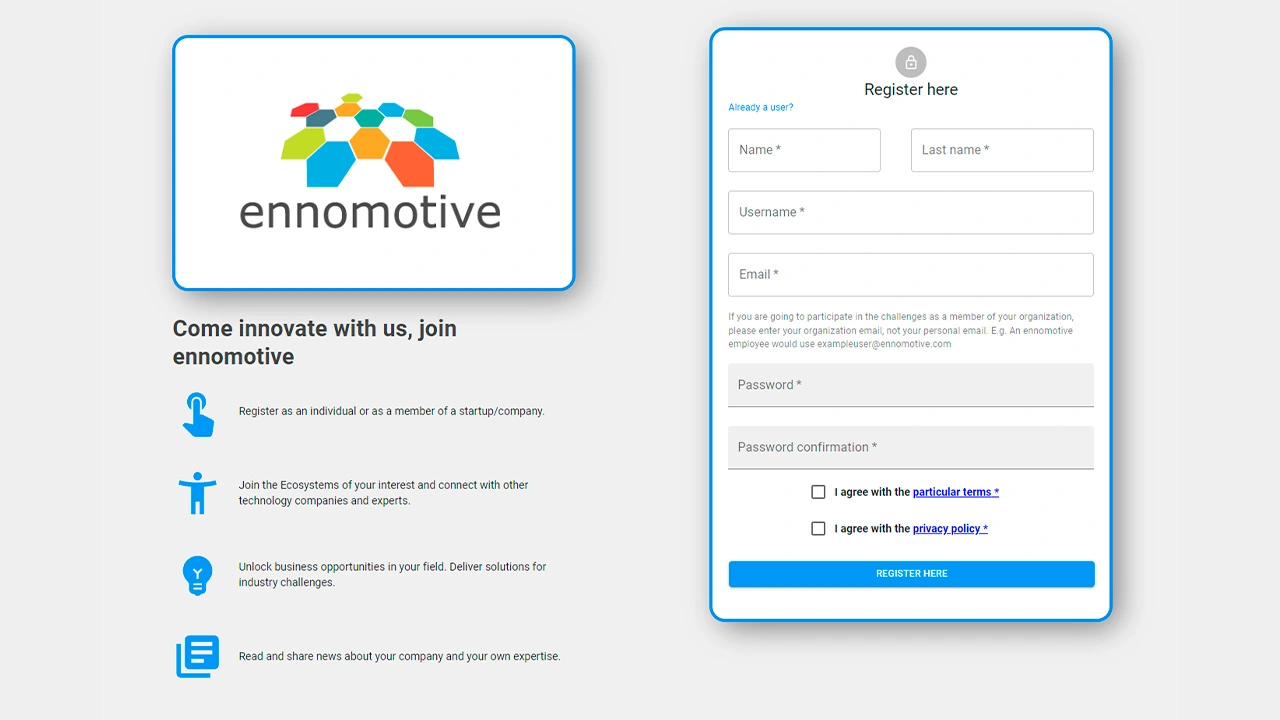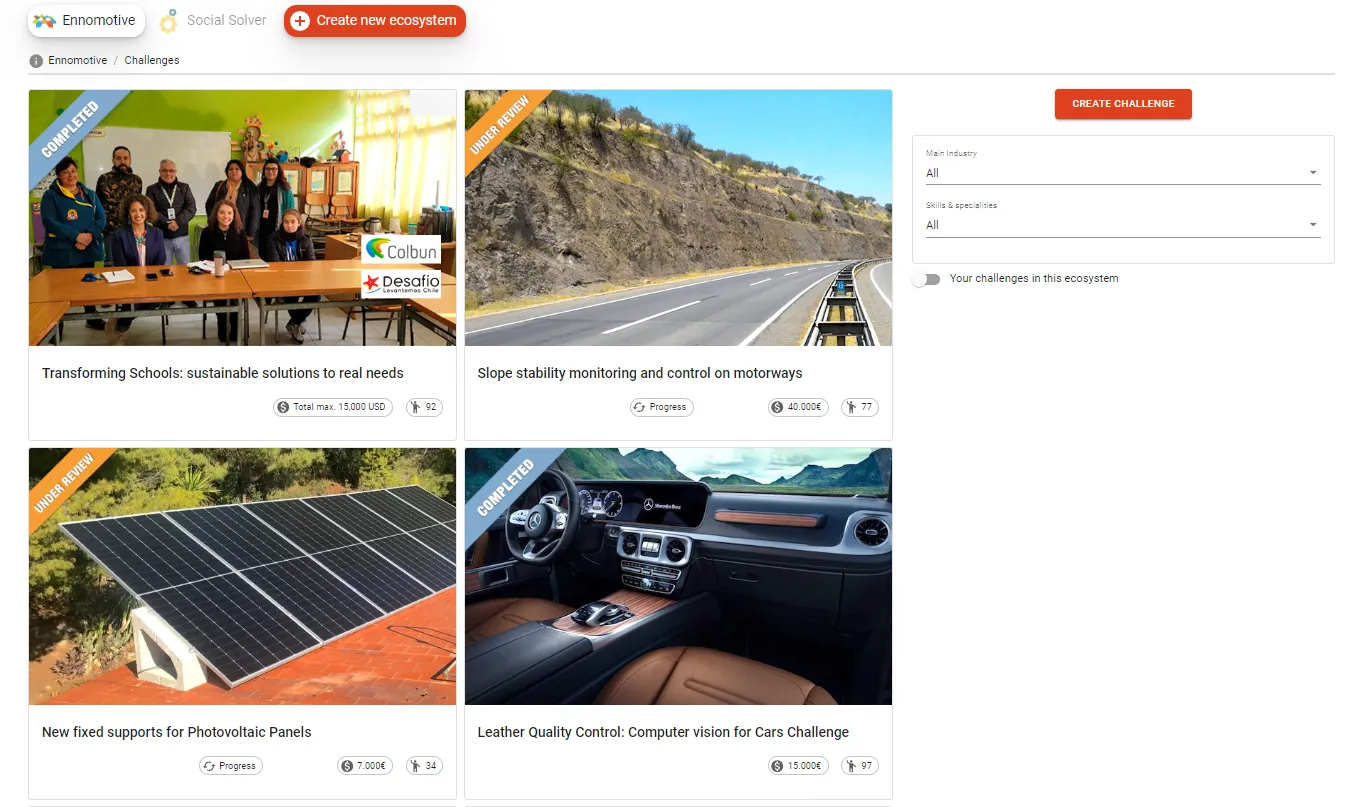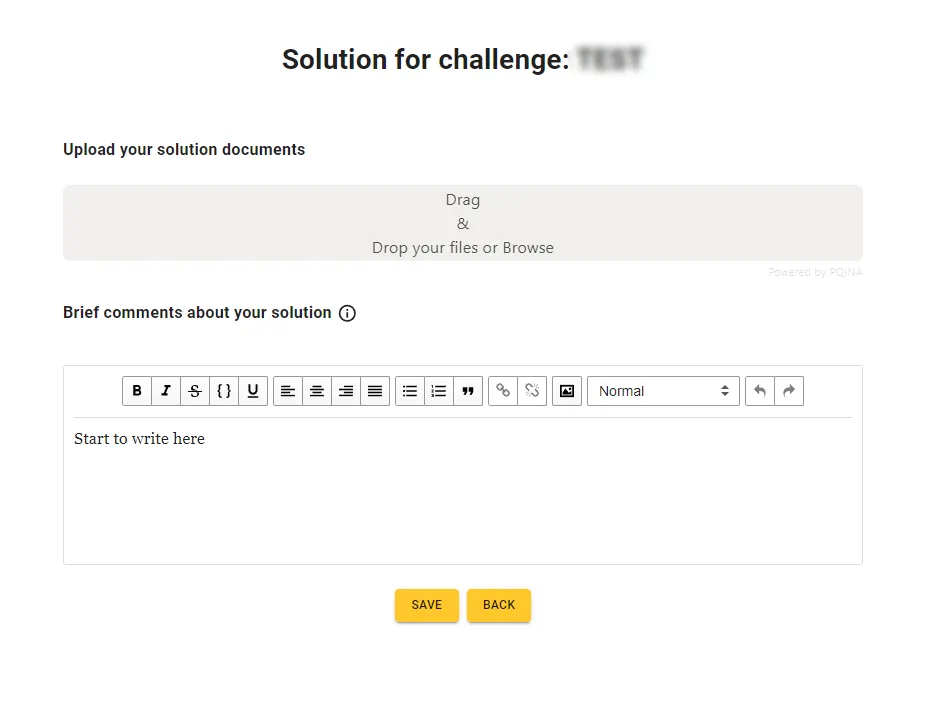Background
Codelco is the No. 1 Chilean company and the world’s largest producer of copper. Its mission is to maximize economic, environmental and social value in a sustainable way through the mining of copper and its by-products. In January-September 2024 they produced 918,000 tons of copper, 22% of world production.
Codelco’s goal is to become the new world leader in mining industry innovation by adopting an open model for the development of solutions.
Aware of the growing needs of the mining sector, Codelco leverages the best available capabilities to achieve technological improvements that will make it possible to take the leap towards a safer, environmentally friendly and sustainable mining industry.
The challenge
CODELCO operates open-pit and underground mines. In the case of the underground mine (248 mil tm3 Copper), carried out by block-caving, the generation of dust is higher than the original project estimate. As a consequence dust represents a challenge to improve their operations by re-incorporating losses into the production flow.
Dust mitigation in conveyor belts has been fixed with the implementation of market commercial solutions, but the transport and re-incorporation of the dust into the process is still pending. The objective is to recover the ore contained in this dust, which is of good grade.
The transport of dust, whose particles are smaller than 75 micrometres in size and have an estimated density of 2.68 t/m3, cannot be carried out by the usual means of transport of the ore from the mine.
Humidification solutions have been evaluated, although they cause serious problems in the transport system due to the cohesive behaviour of the material. During tests, a more or less solid powder paste was obtained by adding 15% water.
Other ways to transport the dust have been evaluated but are not economically efficient.
A sketch of the installation and photos of the mine can be found in attachments (Note: You must register for the challenge to download these attachments).
What CODELCO is looking for
CODELCO seeks for efficient alternatives to dust agglomeration for a free-emission transport. The need is to change the granulometric conditions of the dust to enable its transportation to a subsequent journey.
The proposed solution should comply with the following:
- Change the mechanical behaviour of the dust when it is reintroduced into the ore production process.
- The resulting particle size should not generate emissions during the transportation in the existing ore transport systems (conveyor belts).
- The new mechanical strength must be sufficient to prevent it from returning to its previous state (dust) so can be reincorporated into the ore transport system up to the grinding stage.
- The new particles, although they may break down later, should not again present a problem of emissions.
- The new particles shall have a moisture content not exceeding 7% so that it does not affect available transport systems.
- The new particles must not have an elastic behaviour.
- The diameter of new particles should be greater than 10mm, without a specified maximum.
- The new particles’ UCS strength is expected to be at least 100 Pa.
- We prefer not to use binders, but if a proposal contains any, their impact on downstream operations, particularly the flotation process, must be examined.
- The solution can be installed in underground mine galleries (dimensions should be < 3m wide, < 3m high and length can be variable) and can be moved.
The objective is to build a prototype of 50-100 kg/h, which can be scaled up to 2t/h powder processing.
The KPIs to consider for this test will be:
- Comparison resistance UCS (Mpa)
- Percentage moisture of the new particles (%)
- Average diameter of the new particles (mm)
- Dust emission during transportation (mg/m3)
Industrial test site: Overland belt side, surface dust collection sector.
Deliverables
Submission documents should include:
- Proposed solution, with a description of the operation, specification of equipment and facilities (photos, drawings, sketches...), required investments and expected results.
- Completed form (to be found in the challenge attachments).
- Proposal for a pilot test/prototype, to be carried out by the solver or through a partner proposed by the solver or provided by CODELCO - if necessary -. This proposal should include:
- Proposed approach to conduct the pilot: Technology, scope, minimum equipment required, estimated time, planned stages and required level of support.
- Budget for the pilot, to be defined by the solver (a priori will be considered 15,000 USD of a base budget for the pilot although this amount is not limited and will depend on the technical justification provided by the solver).
You can also add other attachments to back up your solution. Please use primarily PDF or Excel formats for your submission documents; You can also group all your documents into a compressed ZIP file.
Evaluation criteria
Submissions will be assessed according to the following:
- Cohesion quality and size of the new particles.
- Feasibility evidence of the proposed system (solution maturity, similar success cases)
- Greater simplicity of the solution (space requirements, use, equipment...) and ease of implementation
- Lower estimated solution costs (cost/ton and tons/day per team)
- Quality of the technical support in the realization of the pilot to be carried out at CODELCO in the north of Chile.
The 3 selected finalists will have a meeting with CODELCO to defend their proposals. There may be one or more winners with complementary solutions.
To submit the proposal, the solver must register on the ennomotive platform (https://app.ennomotive.com/user/register) and accept the challenge with the privacy policy (www.ennomotive.com/privacy-policy) and general terms & conditions (www.ennomotive.com/terms-and-conditions/).
Challenge structure and schedule
This is a one-round challenge with the following deadlines:
6 weeks for submission (deadline for submission is 30th June 2025) + 4 weeks for assessment
Awards
15,000 USD as an indicative budget (to be confirmed by the solver) for the payment of the recognition and to execute an on-site pilot to test the proposed solution. In addition, the winner will have the opportunity to sign a formal contract with CODELCO.
Confidentiality
According to general terms and conditions.
Originality and use of other licences
When submitting a solution, you declare it is an original work by you. In the case you have included any third-party content, you shall provide any permit, license or document that proves you are entitled to use such content. If using third party commercial products, this should be clearly indicated.
Intellectual property
In the event that the solution is selected as WINNER, the Participant will retain ownership of the intellectual property rights of the submitted solutions, while granting the right to use to CODELCO for the purposes of the challenge (from piloting to industrial scaling).
In the case of commercial solutions, industrial property rights remain with their rightful owner.



